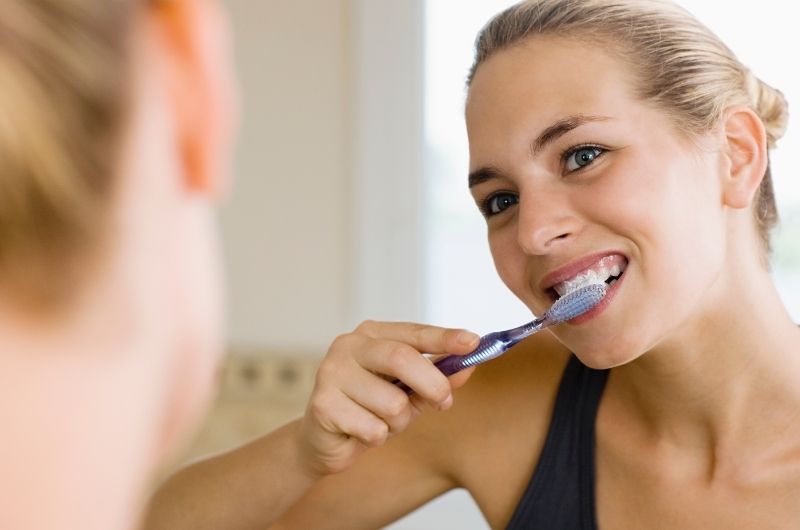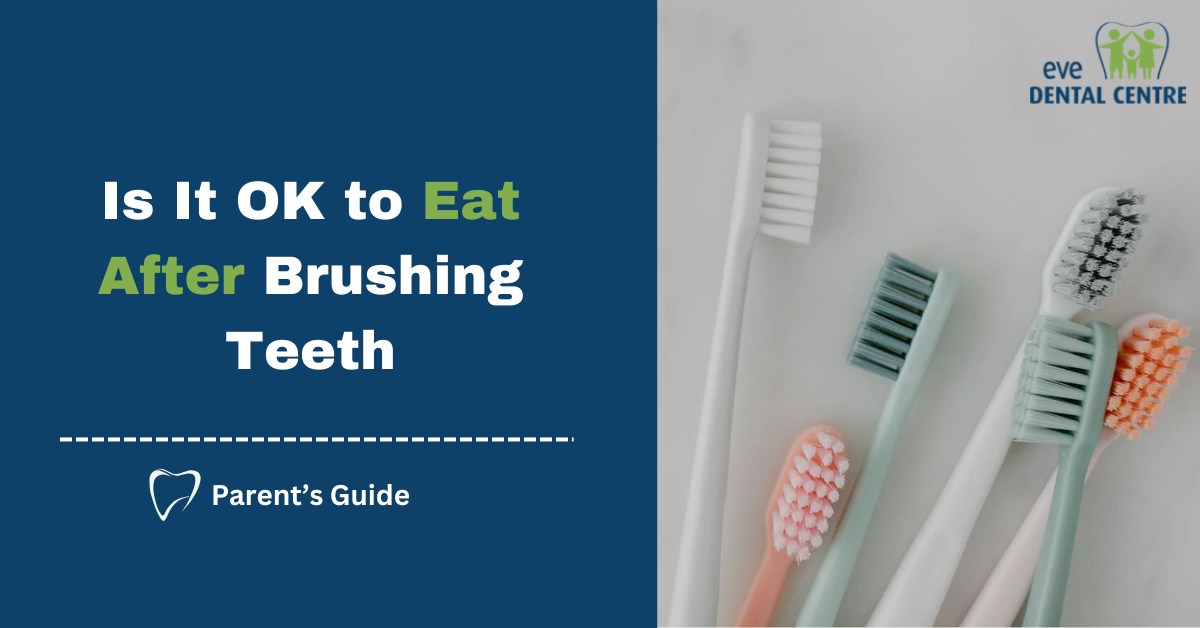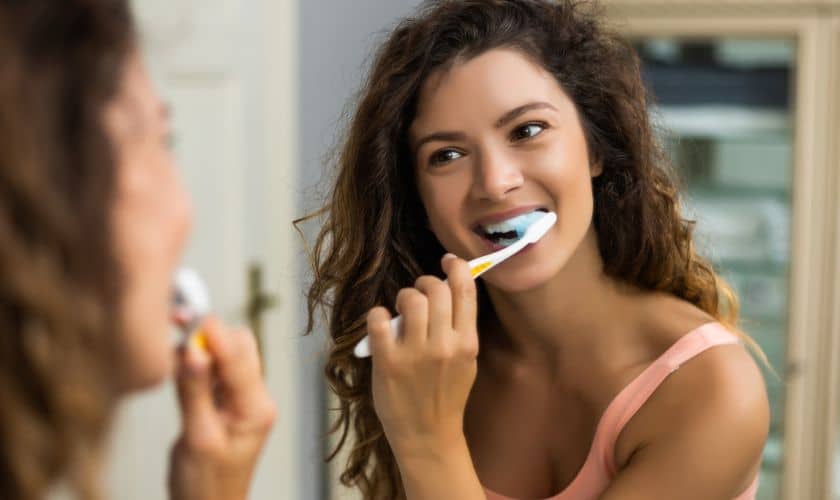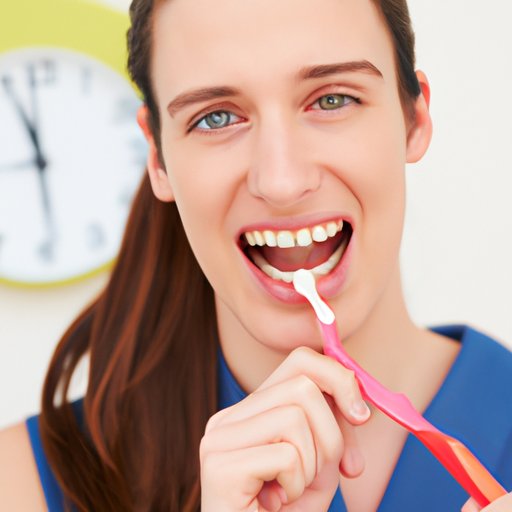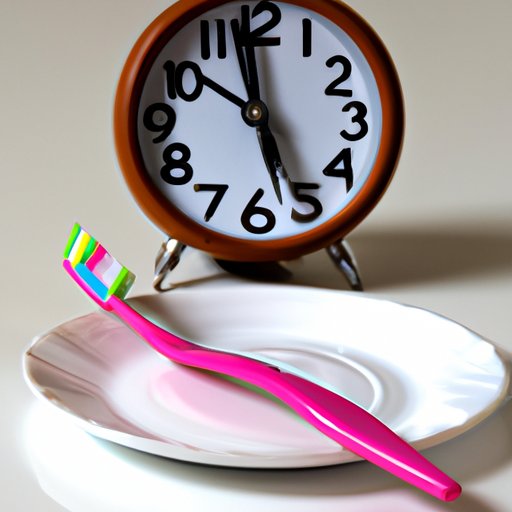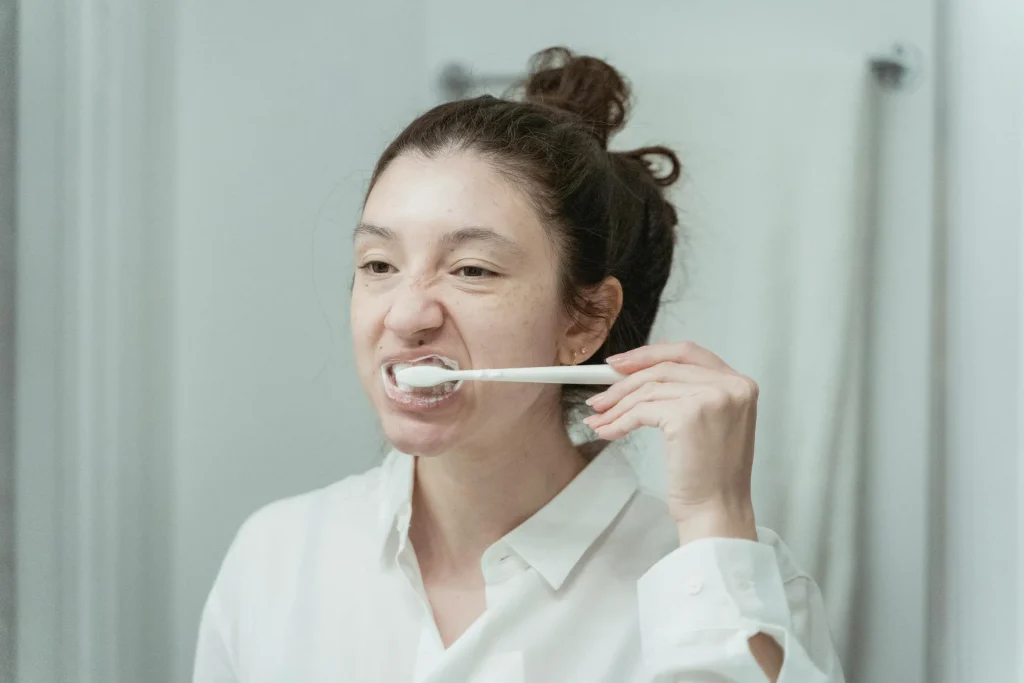How Long Should You Wait To Eat After Brushing Teeth
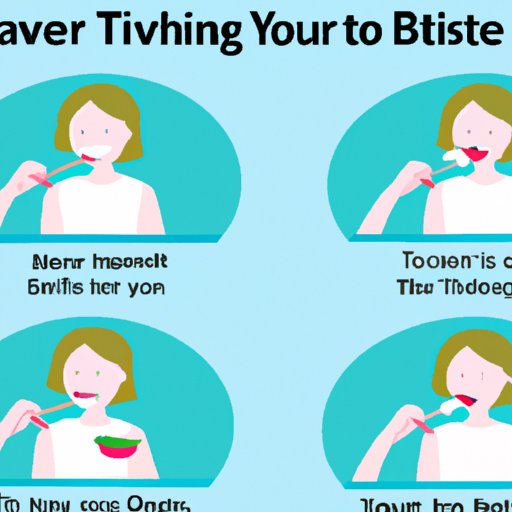
For years, we've been told to brush our teeth twice a day for optimal oral hygiene. But a lingering question often remains: how long should you wait to eat or drink after brushing?
This seemingly simple query has sparked debate among dental professionals and left many wondering about the best practices for protecting their enamel and maximizing the benefits of their oral care routine. The answer, as it turns out, isn't quite as straightforward as one might think, and understanding the reasoning behind it is key to maintaining a healthy smile.
The consensus among dentists and organizations like the American Dental Association (ADA) leans towards a waiting period of at least 30 minutes after brushing before consuming food or beverages, especially those that are acidic.
The Science Behind the Wait
The reasoning behind this recommendation lies in the effect of acids on tooth enamel. When you eat or drink, particularly sugary or acidic items, the pH level in your mouth drops.
This acidic environment temporarily weakens the enamel, making it more vulnerable to abrasion.
Brushing immediately after consuming acidic foods can therefore inadvertently damage the softened enamel, potentially leading to erosion over time.
Furthermore, many toothpastes contain fluoride, a mineral that strengthens enamel and helps protect against decay. Allowing fluoride to remain on the teeth for a period of time after brushing maximizes its beneficial effects.
This waiting period allows the fluoride to be fully absorbed into the enamel, enhancing its protective properties.
Acidic Foods and Drinks: A Key Consideration
The type of food or drink you consume plays a significant role in determining the optimal waiting time. Highly acidic items, such as citrus fruits, fruit juices, soda, and coffee, pose a greater threat to enamel than less acidic options.
Dr. Emily Carter, a practicing dentist with over 15 years of experience, explains, "Acidic foods weaken the enamel. Waiting allows saliva to neutralize these acids and allows the enamel to reharden."
She further emphasizes that, "Brushing immediately after eating acidic foods can actually scrub away the softened enamel, doing more harm than good."
Therefore, if you've consumed something particularly acidic, extending the waiting time beyond 30 minutes may be beneficial.
What About Before Brushing?
Some dental professionals actually recommend brushing *before* eating in certain circumstances, particularly in the morning. This helps remove plaque and bacteria that have accumulated overnight.
Brushing before eating also coats the teeth with fluoride, providing a protective barrier against the acids in food.
This strategy can be particularly helpful for individuals who struggle with acid reflux or frequently consume acidic foods.
Practical Tips for Optimal Oral Hygiene
To summarize, the key to protecting your enamel is to be mindful of the timing of your brushing and the types of food and drinks you consume. Here are some practical tips:
Wait at least 30 minutes after eating before brushing.
This allows saliva to neutralize acids and re-mineralize the enamel.
Consider brushing before eating, especially in the morning.
This helps remove plaque and protects teeth from acid erosion.
Limit your consumption of acidic foods and drinks.
Sugary and acidic items contribute significantly to enamel erosion.
Rinse your mouth with water after eating acidic foods if you can't brush.
This helps to wash away acid and food particles.
Use a soft-bristled toothbrush and gentle brushing technique.
Aggressive brushing can damage enamel, especially after acid exposure.
The Long-Term Impact of Enamel Erosion
Enamel erosion is a gradual process that can have significant long-term consequences for oral health. It can lead to increased tooth sensitivity, discoloration, and an increased risk of cavities.
In severe cases, enamel erosion can even necessitate restorative treatments such as fillings, crowns, or veneers.
By adopting proper brushing habits and being mindful of the impact of food and drinks on enamel, individuals can significantly reduce their risk of erosion and maintain a healthy, beautiful smile for years to come.
Ultimately, consulting with your dentist is the best way to determine the most appropriate oral hygiene routine for your individual needs. They can assess your risk factors for enamel erosion and provide personalized recommendations for protecting your teeth.
Remember, consistent and informed oral care is an investment in your overall health and well-being.
